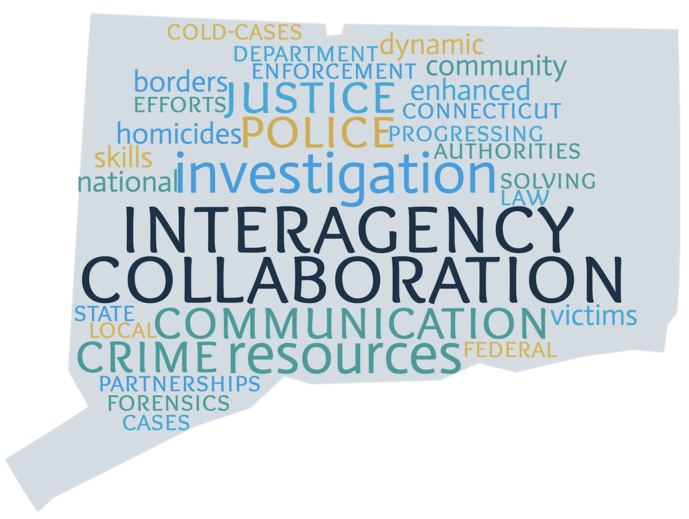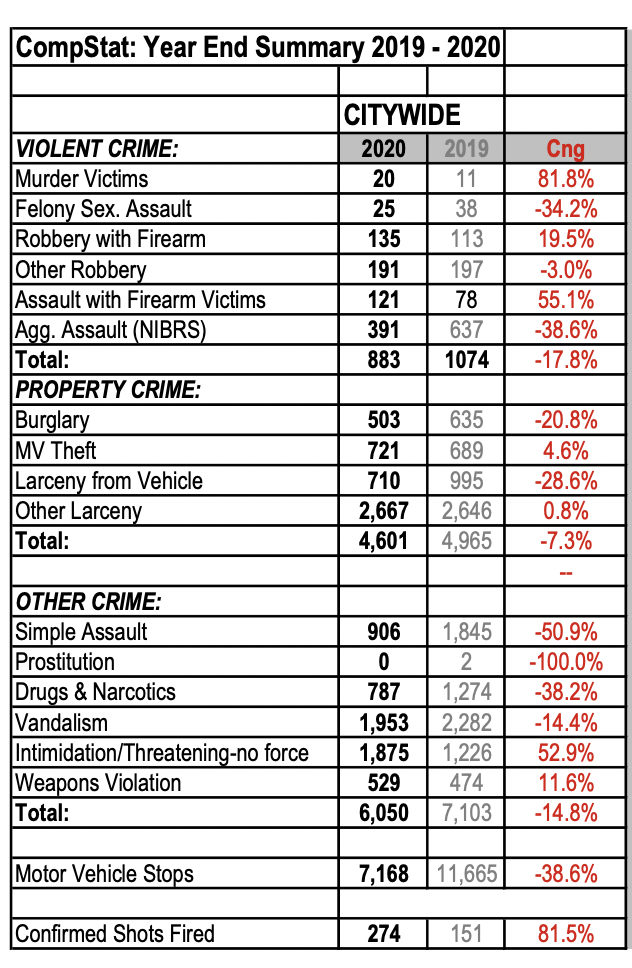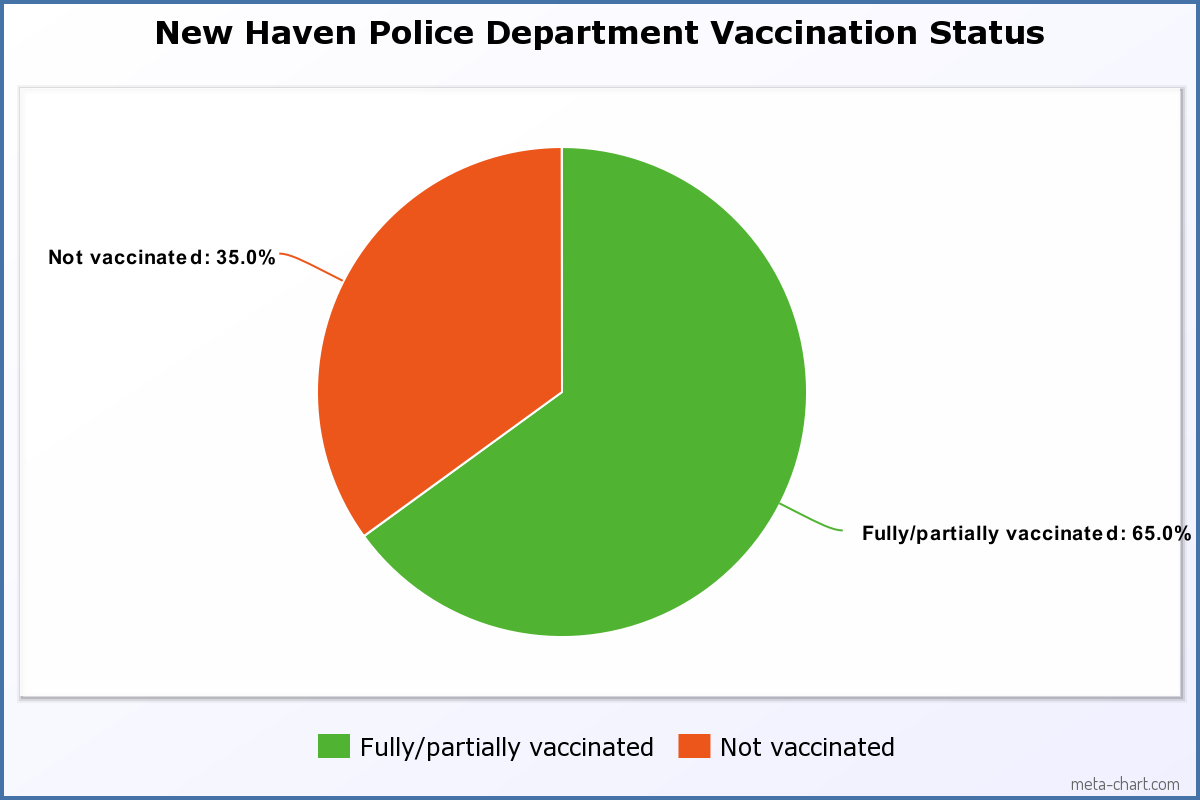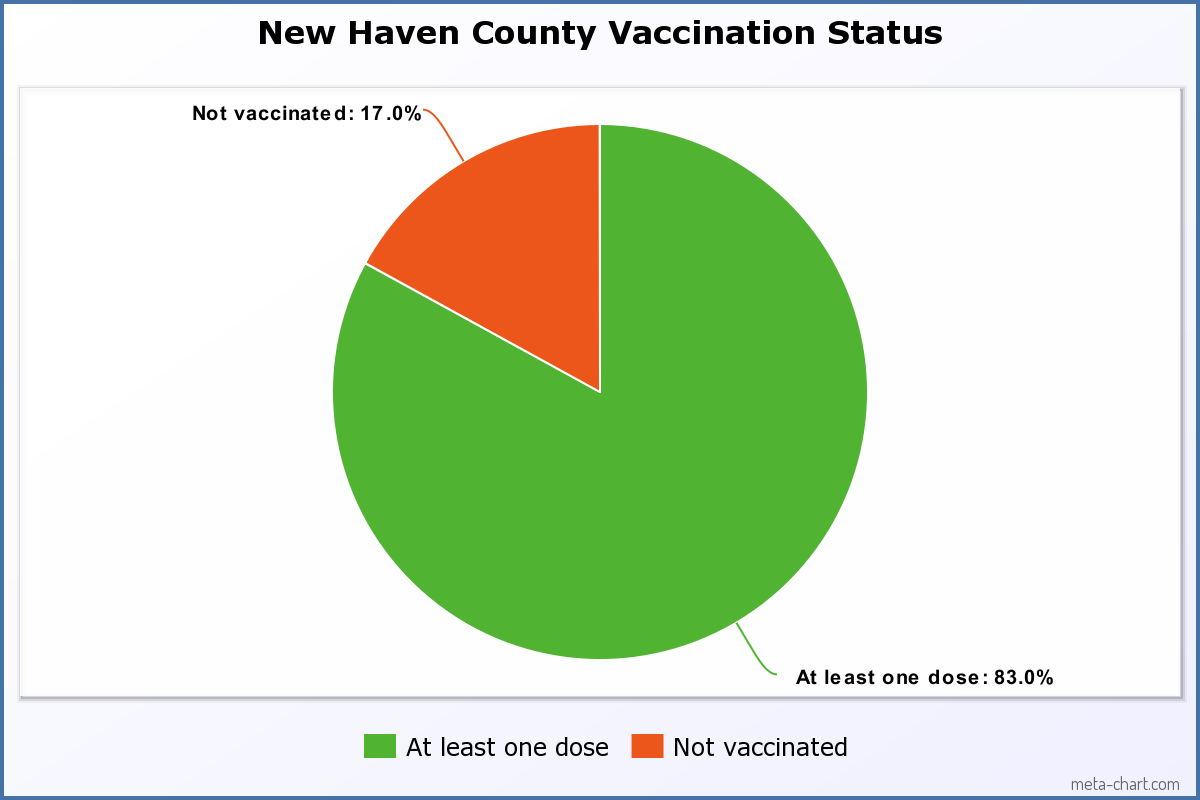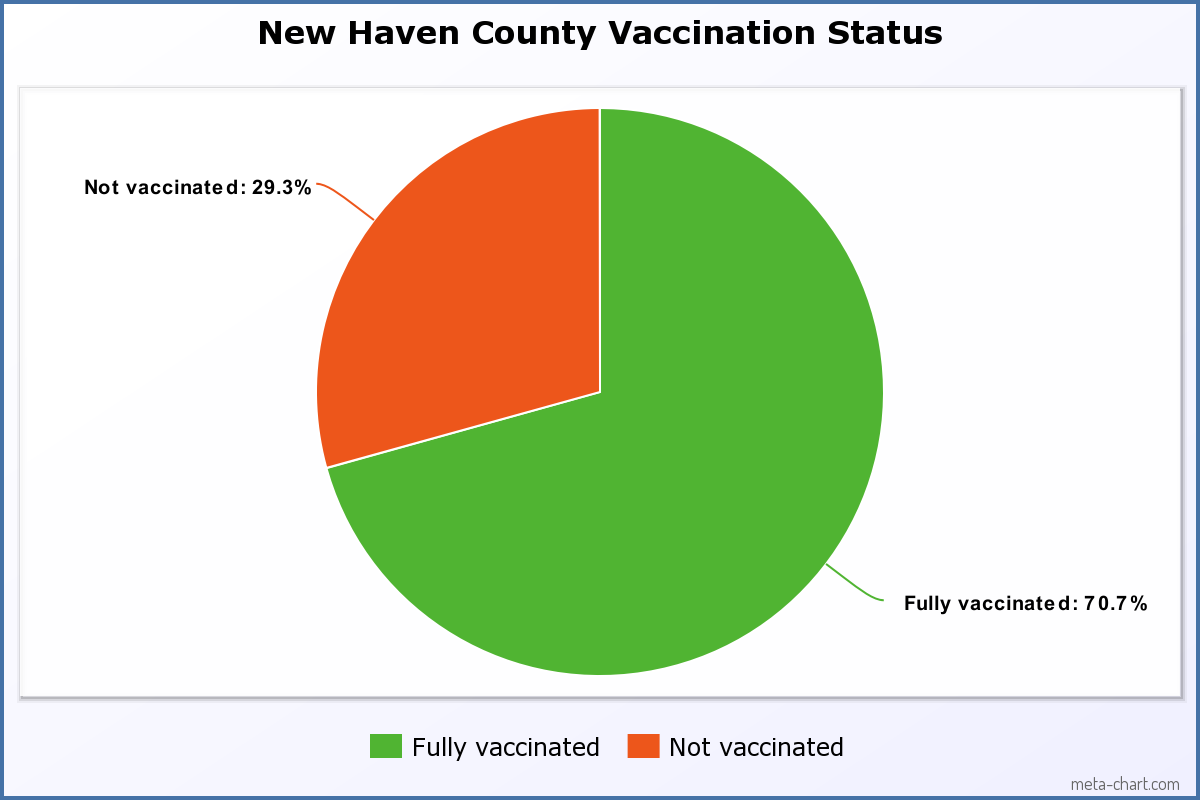Willie McFarland. He’s now 52. But police say in 1987, he allegedly killed a Hamden, Connecticut, father and son, Fred and Greg Harris.
McFarland was charged this year.
The Hamden Police Department recently made this arrest after the New Haven Attorneys Cold Case Unit used DNA evidence to alledgely connect McFarland to the double murder.
McFarland confessed to this crime more than 20 years ago while serving time for a sexual assault charge, but wasn’t linked to the Hamden killings and the case went cold — until now.
Detective Sean Dolan, Hamden’s police spokesperson, is assigned to the New Haven Attorneys Cold Case unit, which deals primarily with old, unsolved homicides. He said this is considered Hamden Police Department’s biggest collaborative efforts because detectives, court inspectors, and lawyers all work together to solve these cold cases, along with multiple agencies, such as state labs and forensic labs.
Amid a national crime wave, the town of Hamden, along with the surrounding towns, rely heavily on working together to keep communities safe.
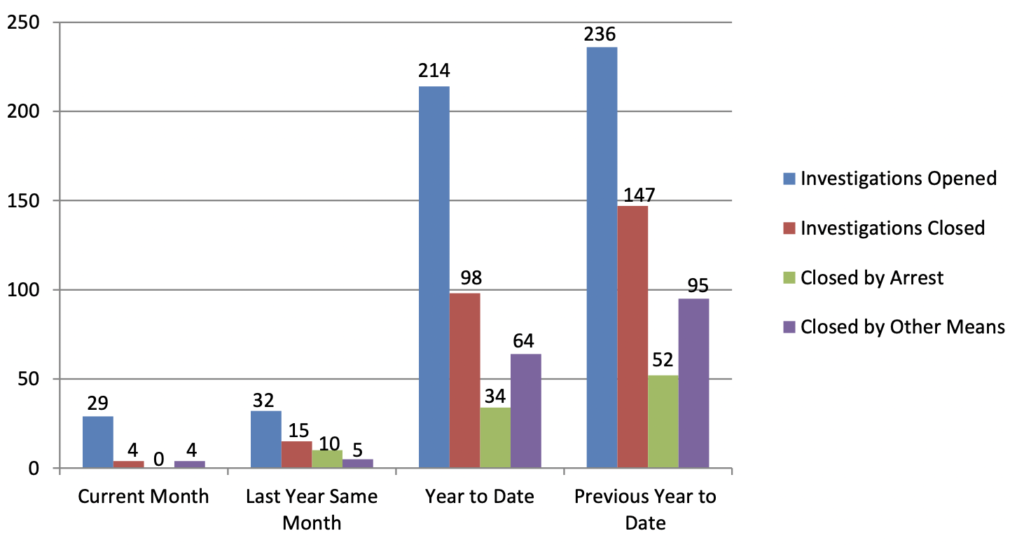
Many police departments closely communicate with one another when solving crimes that cross their borders, aiming to not only prevent crimes from occuring, but to solve ongoing cases.
Interagency collaboration has become common, dating back two decades a surge of cooperation in wake of the September 11 attacks. It is used almost daily amongst both the relatively small Hamden Police Department and the larger city of New Haven Police Department. The two departments are neighbors and use their combined resources to multiply their forces.
The collaboration is sparked when investigating major incidents, such as shooting and violent crimes, though some crimes of a smaller nature, like vehicle theft, spur cooperation. The Hamden police will often work with its surrounding towns to prevent these crimes from continuing, according to Dolan.
All crime — big and small — can cross town and state lines. “It used to be crime happening in major cities within a state, but that’s not the case anymore,” said Otoniel Reyes, retired New Haven police chief. “You see more and more that crime has no borders. Our towns and suburban areas are feeling an increase in crime.”
You see more and more that crime has no borders. Our towns and suburban areas are feeling an increase in crime.
Otoniel Reyes, retired New Haven police chief
New Haven and Hamden Police work closely with other local governments — even with state and federal authorities — there are even task forces embedded in their local departments.
Federal collaboration occurs with more serious crimes, especially when it comes to suspects and fugitives crossing state lines.
“It enhances the speed of investigation sometimes, and you have the ability to more quickly have access to multiple resources,” said Dolan. “On top of that, I think you also have a layer of more quality of investigation because you have input from different investigators working towards a common goal.”
Departments end up being much more effective at solving and preventing crimes when being able to work together and cut down the time it takes to bring justice to victims and families of crimes.
“It’s really about prevention and being much more purposeful and comprehensive in the approach to solving crimes because more eyes are better than one,” said Reyes.
This level of collaboration took time to develop. Many departments were hesitant to share their information with not only the public, but with other departments.
Departments would refuse to work with others and would attempt to solve larger crimes on their own, often lacking the resources and staff they desperately needed, Dolan said.
“You heard stories years ago of the different agencies wanting to protect their information and keep their information to themselves,” he said. “I think everyone realizes the value now in sharing information and understanding there is a common goal.”
The flow of information has been seen as critical to being able to effectively and efficiently solve crimes. Reyes said, “If you’re not sharing that information, it could take you much longer to solve that incident which means that more victims can be impacted by that delay.”
In many cases, collaboration has helped bring justice to victims and their families. The New Haven Police Department previously worked on a federal case, the Red Side Guerilla Brims case, where they investigated the proliferation of guns into the community and were targeting an organization that was bringing in guns from Maine. This case led to significant information on homicides in New Haven County, ultimately leading the police department to making many arrests from previous cold cases.
“Had it not been for that collaboration, those individuals would not have been brought to justice on those horrific crimes,” said Reyes. “We were able to bring resolution and closure to a lot of families, along with justice for a lot of families because of this collaboration.”
People remain protected by collaboration efforts, and those who are victims often are brought to justice through the use of this method of policing, said Reyes.
According to Reyes, anytime people are involved in the equation when collaborating, it can be unpredictable. It is not promised that there will always be departments or officers who are able to assist in a crime, or that they will have the right resources to fit the crime. “Sometimes agencies don’t have the personnel or the staffing levels to be able to cooperate the way they want to, and sometimes it is a real challenge,” said Reyes.
The availability of officers to work on cases dramatically decreased during the COVID-19 pandemic. Though officers were considered to be essential workers during the pandemic, there were “major shortages in staff,” according to Reyes, and the dynamic of COVID-19 was impacting both the Hamden and New Haven Police Department.
Officers had concerns about how COVID will impact them and their families, which led some agencies to have a difficult time coming to work.
Due to the shortage of staff, there was a lack of cooperation and collaboration during this time, and though there are still some shortages, the departments are re-staffing after the vaccination was made available.
“I think it’s less of a dynamic now with vaccination and the prevalence of education on COVID,” said Reyes. “We are short of a lot more comfortable with things.”
In recent years, the culture of collaboration has become much more well-received by a broader range of law enforcement agencies. Now that most departments do see the importance of sharing their information and their resources with their surrounding departments, after a long history of mistrust.
“The history of policing is not a very trusting history,” said Lorenzo Boyd, former deputy sheriff in Massachusetts, and a consultant for law enforcement organizations. “Police in general are cynical, and they don’t trust people, so they don’t want to share information and I think that has been part of the problem. There is a culture of the blue wall. They don’t talk about stuff and don’t share a lot of things and that’s just a lot of police culture, and luckily we’re tearing that wall down.”
Though the long-lived history of mistrust is still present amongst some departments, according to Boyd, the future is inter-departmental collaboration, where everyone puts in some personnel and they have skin in the game. The future holds lots of room for collaboration, and this method of policing isn’t expected to go anywhere.
“The trend has been like this for the last 20 years, so I don’t anticipate it changing moving forward,” said Dolan. “It is clear now that collaboration benefits all parties, so I think you’ll see it, and if anything it will be enhanced in the years ahead.”
Collaboration already enhances investigative and general policing skills. If the policing method itself becomes more enhanced over the years to come, who is to say how well the police departments will get at solving present crimes and cold cases, and preventing crimes from occuring, bringing justice to victims and families while also protecting the community from the rise of crime.

